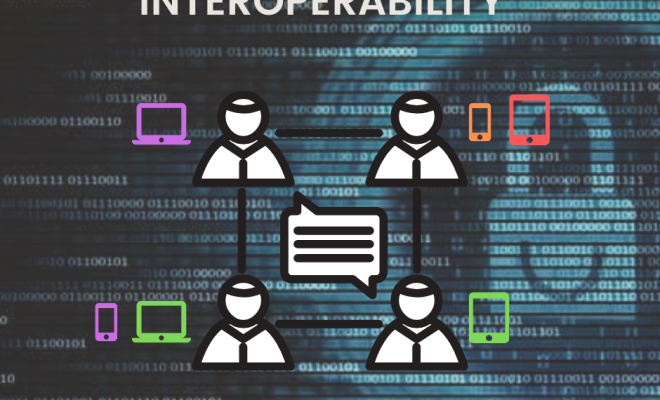What is Interoperability?

Interoperability is the ability of various systems or devices to work together seamlessly and seamlessly, regardless of their manufacturer, model, or programming language. In essence, interoperability ensures that these systems can communicate and share information with each other effectively and efficiently.
Interoperability is a critical feature in many industries, including information technology, healthcare, transportation, finance, and many others. It enables organizations to integrate multiple systems and applications to achieve a more efficient and productive workflow. For example, in healthcare, interoperability ensures that patient data is accessible and transferable between different healthcare providers, ensuring that patients receive the required care.
There are two types of interoperability: technical interoperability and semantic interoperability. Technical interoperability focuses on the exchange of data and information between various systems, platforms, and applications. It involves the use of technical protocols, standards, and interfaces to transfer data between different systems, such as HTTP, FTP, and TCP/IP.
On the other hand, semantic interoperability reflects the ability of different systems to understand the meaning of the data that is being shared. It involves common vocabularies, ontologies, and taxonomies that enable systems to interpret and process the data correctly.
Interoperability is also important for data security and privacy. By ensuring that different systems can communicate securely and in compliance with regulatory requirements, data breaches and security risks can be mitigated.
To achieve interoperability, organizations need to invest in standardization and use of open application programming interfaces (APIs). This involves aligning systems to common standards, protocols, and interfaces, which allows them to communicate effectively. It also calls for collaboration between system providers, industry regulators, and standards organizations to develop and enforce standards and protocols that support interoperability.
In summary, interoperability is a vital feature in modern technology systems that enables them to work together seamlessly and share data effectively. It is essential for organizations seeking to achieve efficiency, productivity, and innovation in their operations. By investing in interoperability, organizations can leverage new technologies, expand their reach, and achieve better outcomes.






